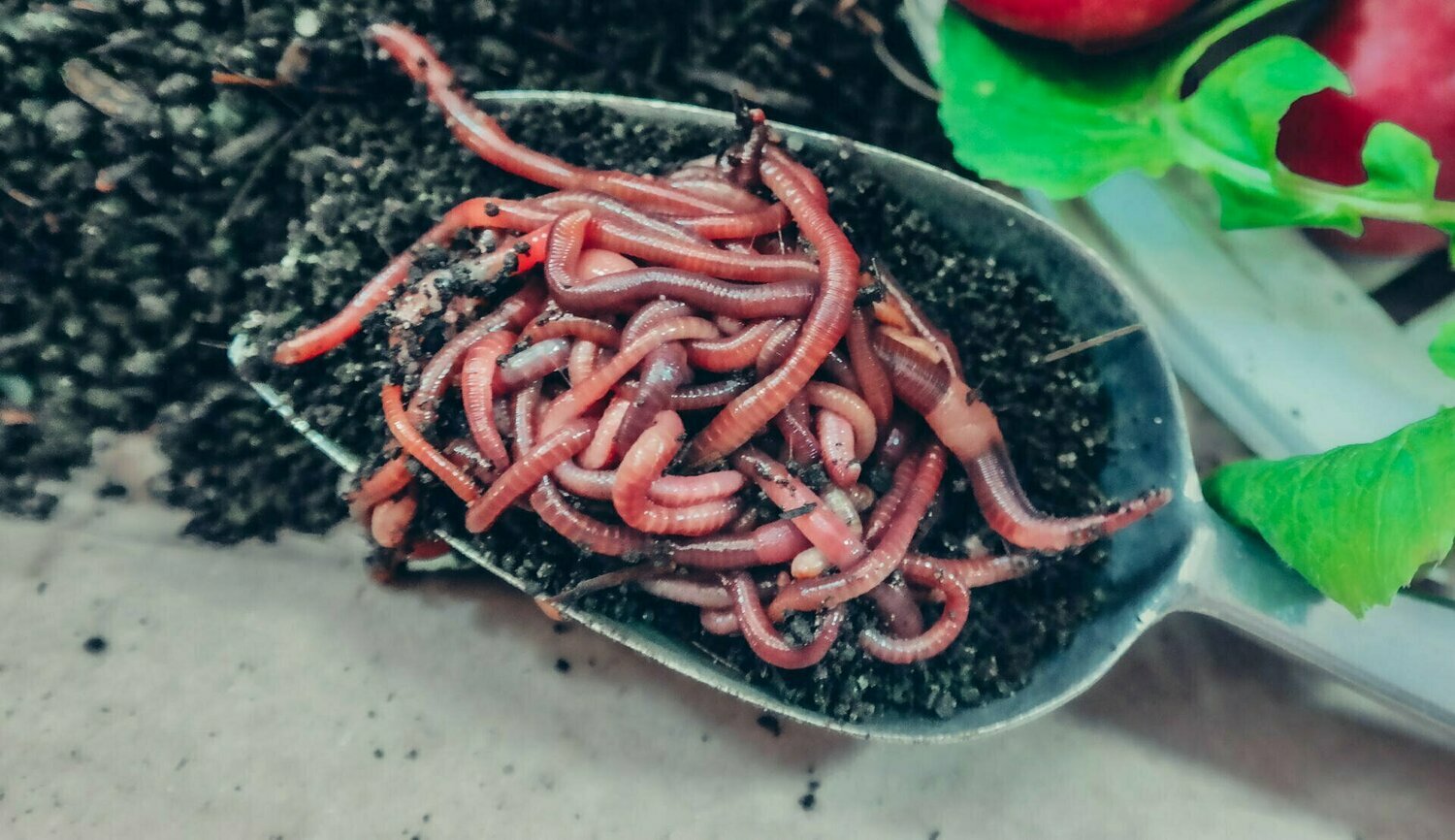Red Wigglers: Your Eco-Friendly Remedy for a Greener Yard
Red wigglers, or Eisenia fetida, offer a lasting strategy to improving yard health and wellness through vermicomposting. By incorporating red wigglers right into your horticulture methods, you can efficiently manage waste while supporting a vivid ecosystem.
(red wiggler composting worms)
What Are Red Wigglers?
Although usually incorrect for regular earthworms, red wigglers (Eisenia fetida) are a distinctive species recognized for their effectiveness in composting raw material. These worms flourish in rich, organic atmospheres, such as compost heap and vermicomposting systems, where they play a critical duty in damaging down waste. Unlike their more usual equivalents, red wigglers like a warmer habitat, normally in between 55 ° F and 77 ° F, which optimizes their activity and productivity.
Red wigglers are identified by their reddish-brown coloration and segmented bodies, which can expand up to 4 inches in size. They have an unique ability to consume and digest natural products at a remarkable rate, refining approximately half their body weight daily. This fast decomposition procedure not just enriches the soil yet also contributes to the general wellness of the yard ecological community.
In terms of reproduction, red wigglers are respected, efficient in generating cocoons that consist of several eggs. This enables fast population development, making them an ideal option for composting ventures. Their flexibility and ravenous appetite for organic waste placement red wigglers as an important ally for eco mindful garden enthusiasts looking for sustainable practices.
Advantages of Using Red Wigglers
Utilizing red wigglers in the garden uses various benefits that improve both soil high quality and plant health and wellness. These earthworms are outstanding decomposers, damaging down organic matter such as kitchen area scraps and lawn waste into nutrient-rich castings. These spreadings, usually described as "worm gold," provide necessary nutrients that boost dirt fertility, advertising vivid plant development.
Red wigglers likewise boost dirt framework. The visibility of red wigglers enhances microbial task in the dirt, producing a growing ecosystem that adds to disease resistance and enhanced plant wellness.
Another considerable advantage of making use of red wigglers is their capability to reduce waste. In summary, integrating red wigglers into horticulture techniques returns considerable advantages, making them a beneficial enhancement to any eco-conscious yard.
(Raleigh Worm Farms)
How to Begin Vermicomposting
To start vermicomposting, it's important to create a suitable environment for red wigglers to flourish, as their success directly influences the efficiency of the composting process. Start by picking a container, such as a plastic or wooden container, with appropriate drainage and air flow. A size of around 2 square feet is suitable for a home, enabling for a manageable worm populace.
Next, prepare bedding product that is wet yet not extremely wet. Shredded newspaper, cardboard, and coconut coir are outstanding options, supplying a comfortable habitat while additionally working as a carbon source. Fill up the container with 4 to 6 inches of bed linen.
After developing the bed linens, introduce your red wigglers. A normal beginning population pop over to this site has to do with 1 extra pound of worms, which can take in about half an extra pound of food scraps daily. It is crucial to add food scraps slowly, concentrating on vegetable peelings, fruit waste, and coffee premises, while staying clear of meat, dairy products, and oily foods to avoid odors.
Preserving a Healthy And Balanced Worm Container
Once your red wigglers are settled into their new bedding, maintaining a healthy worm bin ends up being extremely important to make certain ideal composting conditions. Preferably, the worm container should be kept damp but not soaked; a humidity degree around 60-70% is ideal.
Temperature level control is just as essential. Red wigglers thrive in atmospheres between 55 ° F and 77 ° F(13 ° C to 25 ° C) Prevent exposing the bin to severe temperature levels; extreme warm can kill the worms, while too much cold can slow their task.
Aeration is vital to avoid anaerobic problems, which can bring about undesirable odors and harm the worms. Turn the bed linen carefully every couple of weeks to advertise air flow and distribute food equally.
Feeding your red wigglers is another essential facet. Offer a well balanced diet plan of kitchen area scraps, staying clear of citrus and spicy foods, which can be destructive to their wellness. By regularly keeping track of these aspects, you can ensure a thriving ecosystem within your worm bin.

Tips for Using Worm Castings
Regularly including worm spreadings into your garden can substantially boost soil wellness and plant growth. To efficiently make use of worm castings, begin by identifying the proper application price, which normally varies from 10-20% of the total dirt volume. This guarantees optimal nutrient schedule without overwhelming your plants.
When applying worm spreadings, blend them right into the top few inches of dirt around established plants or incorporate them into your seed-starting mix for new plants. Furthermore, consider creating a worm tea by soaking worm spreadings in water for 24-48 hours.

Final Thought
The use of red wigglers in horticulture techniques provides a lasting approach to waste monitoring and soil enrichment. These composting worms not just convert natural waste into useful nutrients but additionally improve soil framework and promote a healthy and balanced microbial ecosystem. By embracing vermicomposting techniques, garden enthusiasts can efficiently contribute to environmental sustainability while enhancing plant wellness. The combination of red wigglers into gardening regimens eventually supports both environmental balance and farming productivity.